Starting a low histamine diet can definitely feel a little (or really!) daunting. It's frustrating to restrict foods you love, and unlike many other diets such as gluten-free and keto, a low histamine diet isn't widely known. I didn't know where to begin when I was starting a low histamine diet. Food shopping was a frustrating experience, and to begin with I ended up eating the same bland meals over and over as I couldn't find many suitable recipes.
For more tips and tricks, you may like to see my affordable ebook How to Get Started on a Low Histamine Diet! (AD - own product)
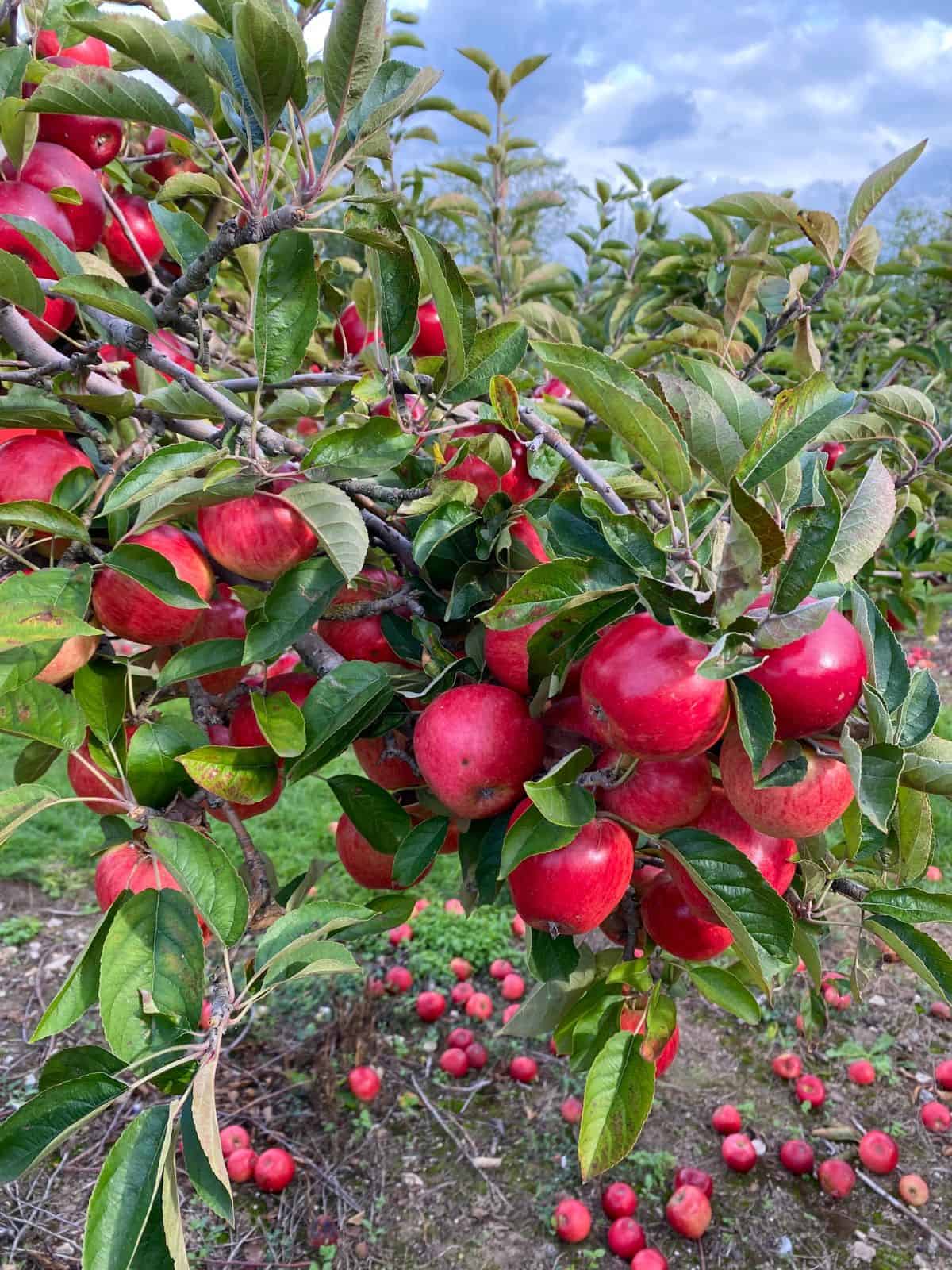
But there is hope! Over the years I have learnt how to make a low histamine diet work for me. I really enjoy cooking the low histamine recipes I share here on the blog and I hope you find something you find tasty! All my recipes follow the SIGHI food list for histamine, and are for people advised to follow this guide by their medical team.
This post is for informational purposes and does not constitute medical advice in any way. Please consult a doctor or dietician for any medical symptoms and follow their advice on dietary requirements.
Jump to:
- 1. Consult a doctor
- 2. Choose a low histamine diet
- 3. Focus on what you CAN eat not what you can't
- 4. Take a shopping list to the supermarket
- 5. Focus on the macros
- 6. Focus on taste
- 7. Make substitutions or omit ingredients
- 8. Make sure you get enough calories
- 9. Check menus at a restaurant
- 10. Consult a dietitian
- 💬 Comments
1. Consult a doctor
Starting a low histamine diet, and restricting yourself to low histamine foods, should always be undertaken on the advice of a trained medical professional. A change to your diet should always be undertaken after receiving expert medical advice. Please see my disclaimer on this issue in relation to the content of the blog.
If you have been diagnosed, some further sources of information that may be helpful are Mast Cell Action and the Patient page for Mastocytosis and Mast Cell Disorders.
2. Choose a low histamine diet
Once you have been diagnosed, seen a medical professional, and been advised to follow a low histamine diet, the next step is to choose which version of the diet you want to follow (best done with the guidance of a doctor or dietician).
This may sound a little strange. After all, shouldn’t all low histamine diets be the same? Well, unfortunately histamine issues and food are fairly under-researched. There are a lot of different versions of the low histamine diet available online or through medical practice. I have been given lists that contradict each other by different doctors! Plus there are many lists online that contradict those as well.
It is too confusing to try and follow all of them so, as a dietitian suggested I do, it is probably best to choose a list and stick with it. The Swiss Interest Group Histamine Intolerance (SIGHI) one seems to be the most-often cited, and the one that I have been recommended by a few different doctors, which is why I use it for my recipes here. They have their own cookbook in case it is helpful. However, you should follow the advice of your own doctor or dietician. Also, be sure to speak with a dietitian or doctor if you feel that you are having issues with particular ‘allowed’ foods on it.
3. Focus on what you CAN eat not what you can't
Low histamine diets basically divide up foods into those ‘allowed’ and those ‘restricted’. The number of restricted foods is high, and includes very commonly used foods such as tomatoes, spinach and hard cheeses. It is very frustrating to feel restricted, so switch up how you approach it and focus on what you CAN eat.
This might seem obvious, but switching up your mind-set can really help. If necessary draw up a list of foods that are allowed, and pin them to the fridge, put in a diary, or have on your phone so that you can check when you are making a meal or eating out. Also, see step 4 below for a little help with this!
As well as my growing low histamine recipes collection, there are a few low histamine cookbooks that you may like to try. There are lots of delicious recipes for you to try and to build up your low histamine cooking skills!
Some cookbooks to give you some recipe inspo!
Mast cell-friendly and low histamine cooking: diet guidance and recipe collection is from the Swiss Interest Group Histamine Intolerance and has lots of recipe and useful resources on MCAS and other conditions.
Histamine intolerance: the cookbook - lots of recipes for all your low histamine meals!
The 4-phase histamine reset plan - helpful resource for histamine intolerance with lots of recipes.
Tips and tricks for the transition to a low histamine diet
How to get started on a low histamine diet - my resource for the practical aspects of starting this diet (AD - own product).
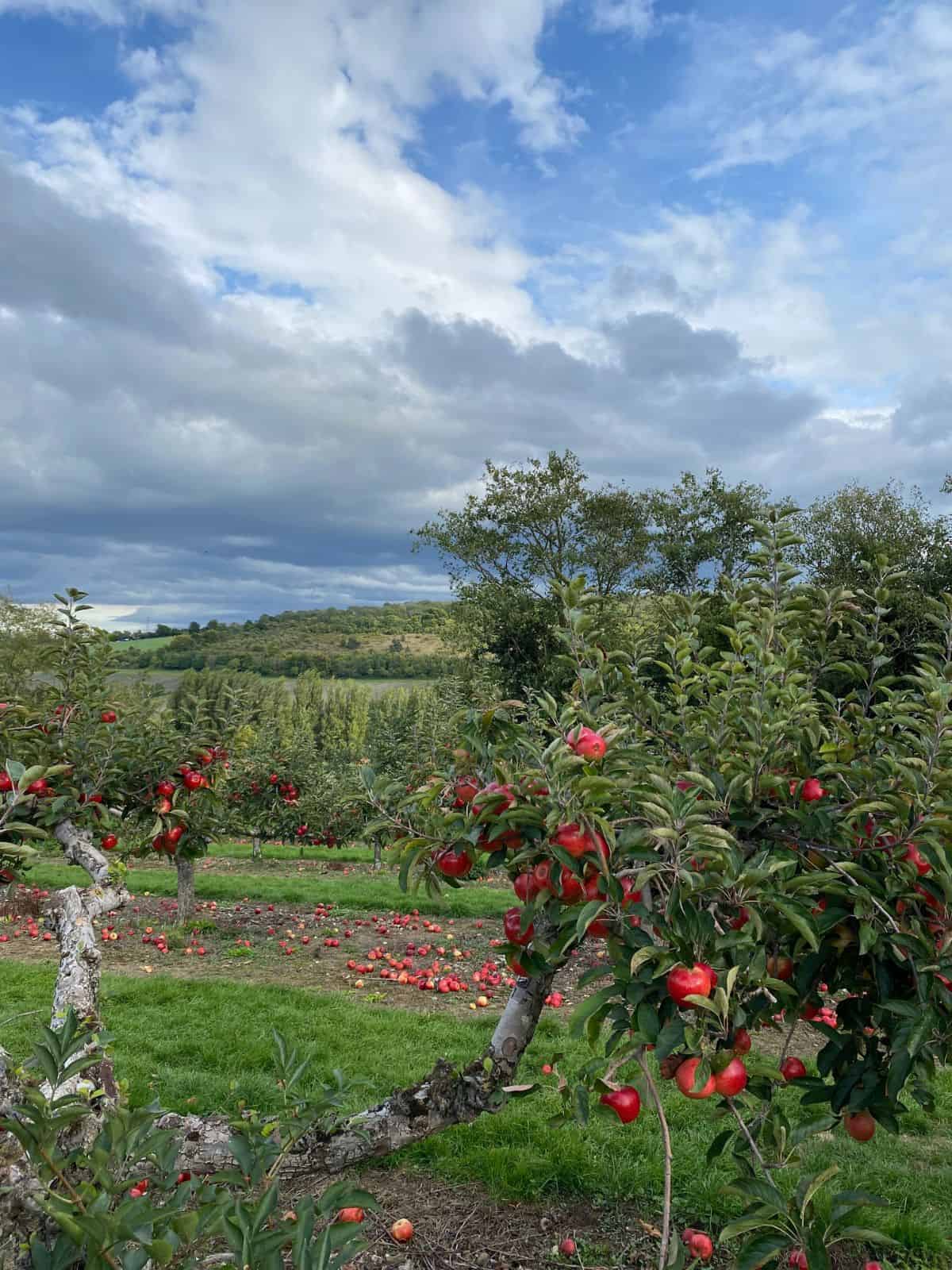
4. Take a shopping list to the supermarket
Shopping when you eat a low histamine diet can be really frustrating. You can end up walking up and down the aisles of the supermarket feeling overwhelmed by all the food on offer that you cannot eat.
To combat that, make a shopping list of all the foods that you can eat, and that you enjoy. I find that starting with fruit and vegetables helps as there are lots of items that can be enjoyed on a low histamine diet. Then work from there to 'packet' food such as rice, quinoa or pasta, and then allowed cheeses etc. If you would like some ideas for foods that you should be able to eat, then have a look at my low histamine shopping list for snacks, drinks and breakfast foods.
5. Focus on the macros
It might sound obvious, but make sure you are getting adequate amounts of the three primary macro-nutrients – protein, carbohydrate and healthy fats. I find that getting enough protein is more challenging than carbohydrates, so I make sure every meal has a protein source in it – allowed cheese, occasionally eggs, seeds etc (whether these are ‘allowed’ depends on the version of the diet you follow).
6. Focus on taste
Strong tastes, if that is what you enjoy, are a little absent from a low histamine diet. Lots of stronger tasting foods such as olives, feta cheese, balsamic vinegar are restricted. I found it really hard to not eat tasty, flavourful foods to begin with. Everything felt a little bland, and that is never appetising!
Now I try and make sure that I use ‘allowed’ herbs, salt and spices such as turmeric and sweet paprika (not smoked). It makes meals tasty and keeps you from thinking about the foods that you cannot eat.
7. Make substitutions or omit ingredients
When planning meals be open to making substitutions, or just omitting a particular ingredient, when you are looking at recipes. Instead of thinking that you cannot eat a particular meal anymore, try and work out if a simple substitution will work.
For example, a tomato sauce could be changed up for a roasted pepper one. Restricted herbs can be swapped for those that are fine to eat. Get creative!
My post on easy low histamine food swaps should be helpful!
It's also the case that we are all individuals and so can tolerate different foods. There may be foods that are rated as low histamine that you just can't tolerate, or foods that are higher histamine that you are fine with. So some recipes may need some swaps and substitutions for you personally.
8. Make sure you get enough calories
When I was first starting a low histamine diet I wasn’t eating enough calories and ended up losing weight. This was not a good thing for me personally. I was eating a lot of fruit and vegetables, but not enough calorific foods. Now I make sure that I eat higher calorie foods such as mozzarella, rice, pasta, porridge, seeds etc.
Using a calorie tracking app may help you to start with so that you can get an idea of how much, and which types of foods, are good for you. I used the Lifesum app when I first became aware that I wasn't getting enough calories. Today I now use it occasionally to track my macros (P.S. I have no affiliation with Lifesum - just the app that I used).
It may also be a good idea if you wish to track your macros for a short period of time to ensure that you aren't lacking. Beware though - some apps put you on crazy low calorie diets - so check with a doctor or dietitian the right levels for you.
9. Check menus at a restaurant
Eating out on a low histamine diet can be a minefield. To be honest, it is not something I do that frequently. As well the question of whether the range of dishes on the menu are suitable, there is also the issue of food storage. Eating foods that have been prepared a long time in advance and are sitting out is not ideal. So options such as salad bars or carveries are likely to be problematic.
If you decide to eat out, then check online and see if the restaurant or café has a menu. That way you can see what the options are before you dine. If there isn’t anything suitable then it may help to call ahead and ask if substitutions can be made or certain ingredients omitted from a dish.
10. Consult a dietitian
If you are starting a low histamine diet on the advice of your doctor then it may be worth having an appointment or two with a dietitian that specialises in low histamine diets. I did this on a private basis for a single appointment, and it was well worth the cost.
The dietitian gave me a clear list of foods that were allowed (see the Low histamine diet page), and those restricted, and she also gave me a list of recipes and meal ideas that I could begin with. I felt much more confident after seeing her, and more sure of my choices. Super helpful!
You can also ask your primary doctor for a referral, if this is possible under your healthcare system. In the UK, you can ask for an NHS referral to see a dietitian, which would usually be in a hospital setting.
Hope those tips for starting a low histamine diet are useful!
For more tips and tricks on starting a low histamine diet, you might like to have a look at my 'Living the low histamine life - FAQ' post.
There's also a 'shopping list' of products that are suitable for this diet, which is perfect for referring to on your next Amazon shop. This includes store cupboard products like vegetable bouillon, rice cakes, salt, and a few sweet treats that will hopefully make life a little easier.
I’m always in the kitchen, so come join me on Instagram, Facebook and Pinterest to be the first to hear of new recipes and resources!
Don't forget to pin this post!
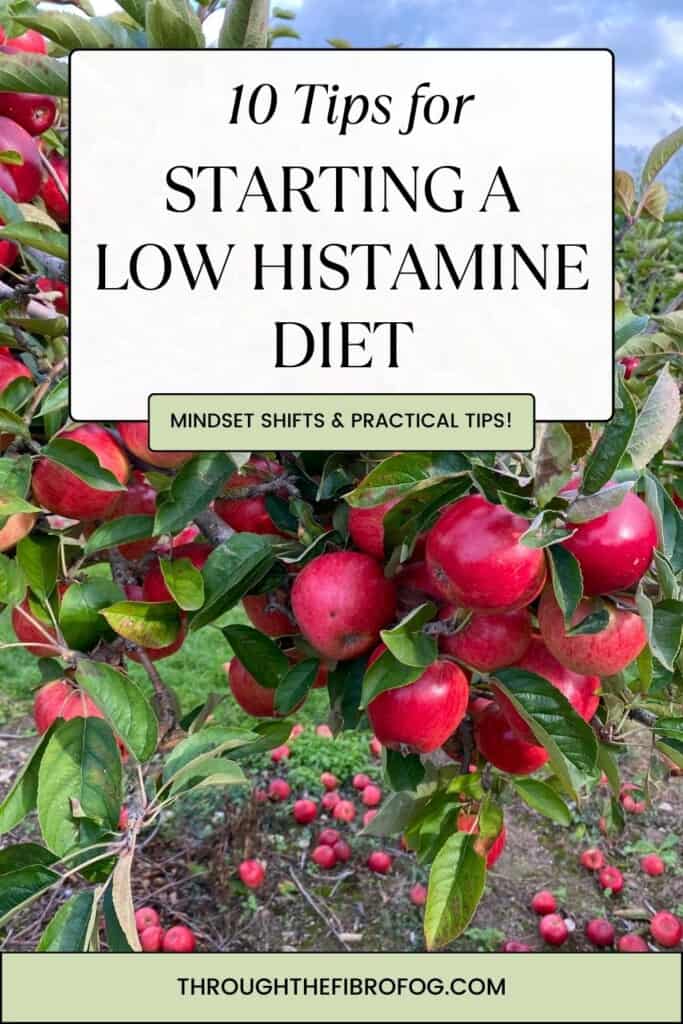
UK Amazon product links
Mast cell-friendly and low histamine cooking: diet guidance and recipe collection
Histamine intolerance: the cookbook
The 4-phase histamine reset plan
Please follow the advice of your doctor as to all medical treatments, supplements, and dietary choices, as set out in my disclaimer. I am not a medical professional, and this is simply my story and the resources that are helpful to me.

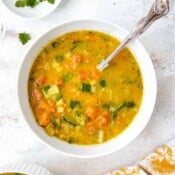
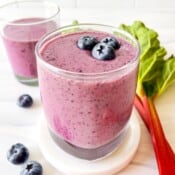
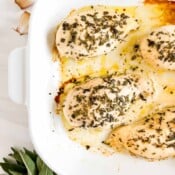
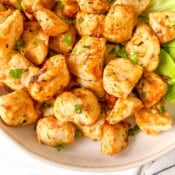
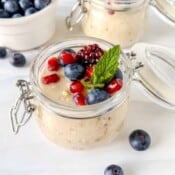
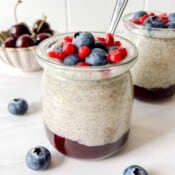
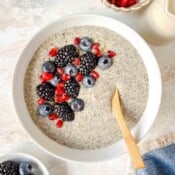
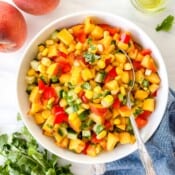
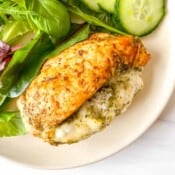
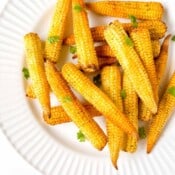
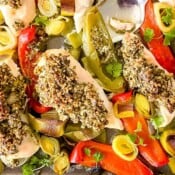
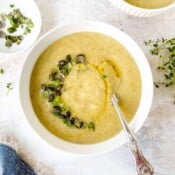
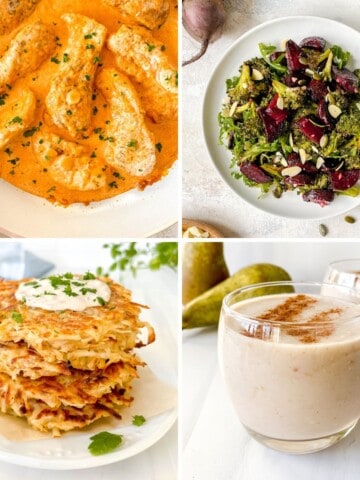
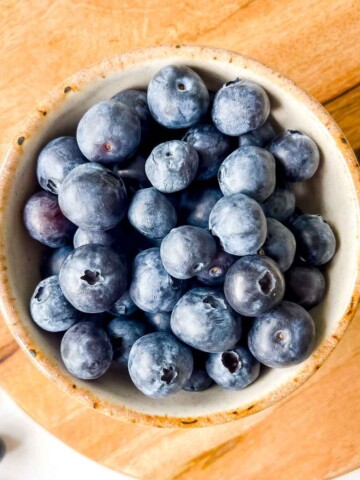
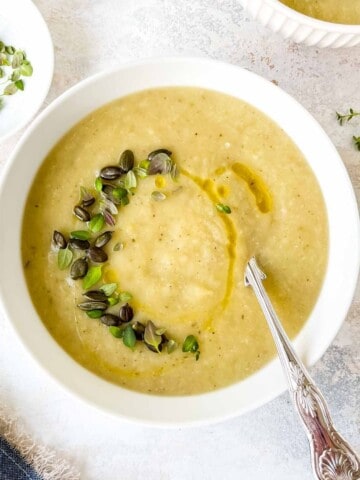
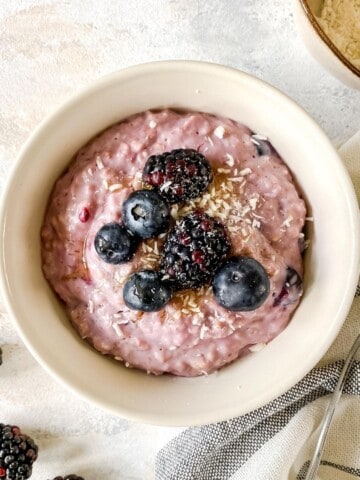
Kate says
Hi, I downloaded the Lifesum app and one of the questions is asking if you are following a certain diet (keto, Mediterranean,etc). I am curious if Low Histamine falls within a category. I am very new to this and I'm just not sure if there is another way it is categorized. Any input is appreciated.
-Kate
Claire says
Hi Kate, I haven't used the app in quite a while but I doubt that it will include the low histamine diet to be honest. It's not a very well known diet. You may find looking at the SIGHI list or the histamine list your doctor or dietician recommended to be more helpful. Claire
An says
HI, While looking for an app to help me with buying low histamine foods, I came across one, but it is in French. Still, it is easier to have an overview on your phone vs a list. Just thought I would share for others: It is called Histamine. It has an emoji next to each food item indicating whether it is well tolerated to terribly tolerated.
Claire says
Thank you for this, does it follow the SIGHI list do you know?
Sheryl Chan says
This sounds so complex for daily life but I'm glad you've found ways to work around it, and even enjoy it! Your recipes on the site are so helpful and the repository is growing. Love it!
throughthefibrofog says
I find now that coming up with recipes is perhaps even a little more fun with having a slightly more limited range of foods - makes it feel more of a success when I can come up with something good 🙂
Carrie Kellenberger says
Fantastic resource list, Claire. The tip that always stands out to me and that has benefitted me the most when I was refining my diet is 3. Focus on what you CAN eat not what you can’t.
Best advice ever!
throughthefibrofog says
I so agree! And I also really liked that I was looking at low histamine foods and seeing things that I didn't used to eat too often. So I started to experiment with them, which made a nice change.